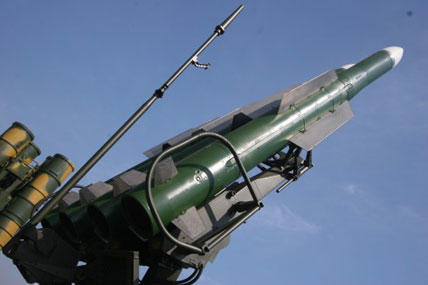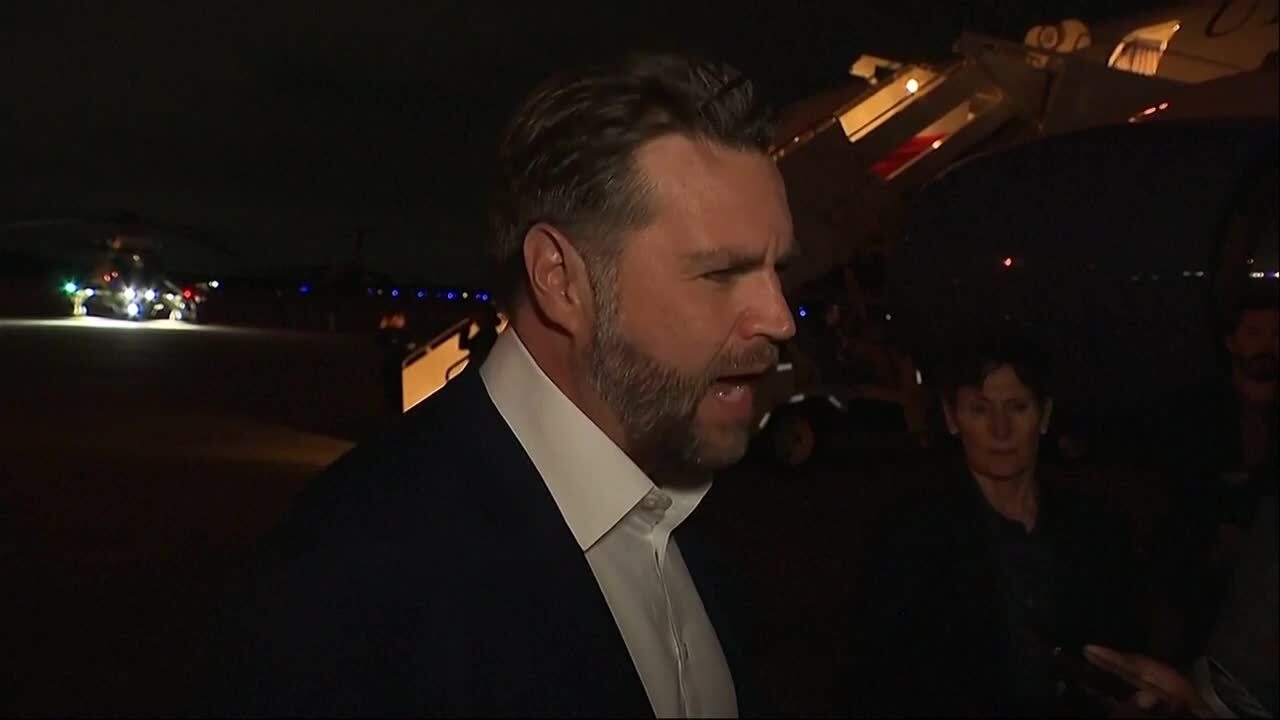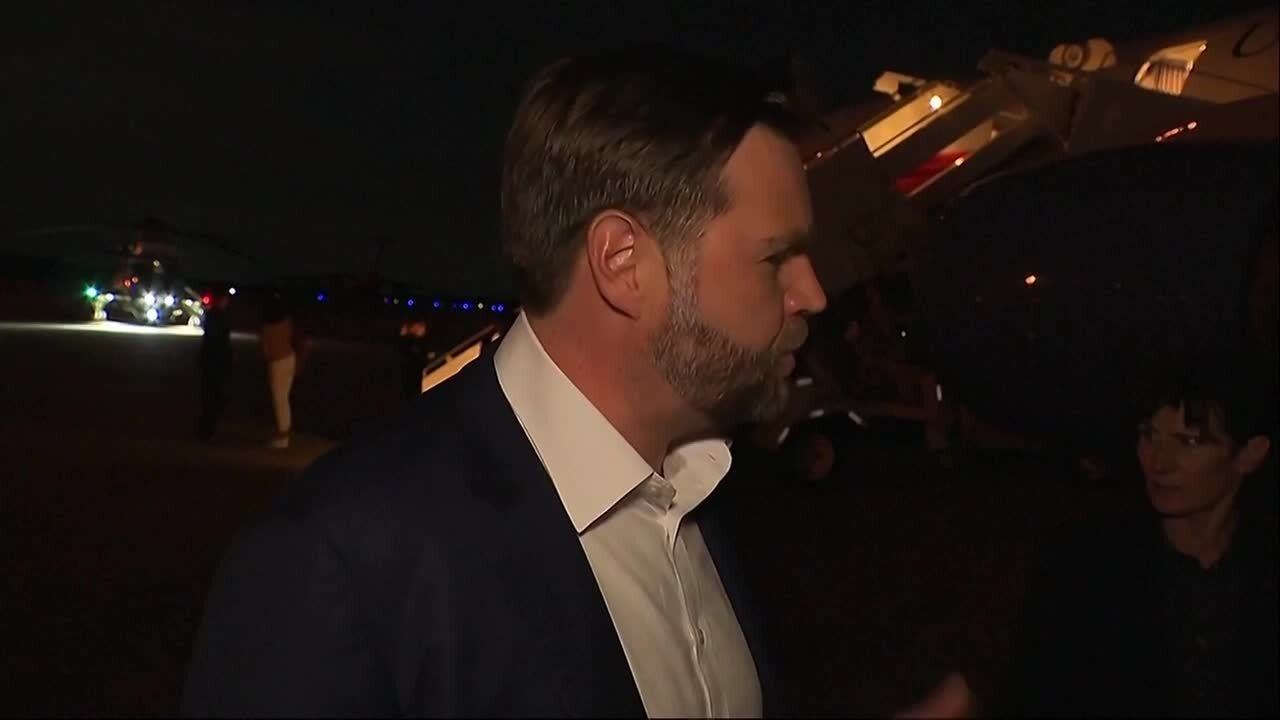Russia's development of new surface-to-air missile systems and other air defenses has 'closed the gap' between U.S. air superiority, a general said.
The country in recent years has deployed an increasing number of higher quality air defense systems, particularly in and around Kaliningrad and Crimea – which it annexed from the Ukraine last year – to limit the ability of U.S. and NATO aircraft to enter its airspace, according to Air Force Gen. Frank Gorenc, the service's European commander.
"I don't think it's controversial to say that they've closed the gap in capability – not just in Europe, everywhere," he said Monday at the Air and Space Conference, held near Washington, D.C., and organized by the Air Force Association.
Gorenc didn't cite specific systems, but the Russians have multiple surface-to-air missiles systems designed to target high-altitude aircraft, from the S-400, arguably the most advanced such system in the world, to the S-75A Dvina, which in 1960 was employed to shoot down an American-made U-2 spy plane as it traveled over Soviet airspace.
Indeed, Russia's Buk missile system, which has the NATO designations SA-11/SA-17, was what pro-Russian separatists reportedly fired at Malaysia Airlines Flight 17 on July 17, 2014, while the plane was traveling near the Russian-Ukraine border, destroying the aircraft and killing all 298 passengers and crew on board.
Gorenc said the Russian modernization program of its air defenses stems in part from its 2008 conflict with Georgia, which relied on unmanned technology and other systems for reconnaissance. A Russian jet reportedly shot down a Georgian drone during the campaign.
Related Video:
![]()
"Russians have closed the gap in capability" in terms of aircraft, tactics and, most importantly, surface-to-air missile systems, the general said. "It's one thing to address a aircraft threat that has increased significantly -- which by the way it has -- but clearly, surface to air missile systems are much cheaper, they're much more available and that is a concern."
Gorenc said Russia has deployed "a whole set" of modern, long-range SAMs and layered them in a way to make it more difficult for U.S. and NATO aircraft to penetrate the airspace.
"Some of the array that's in Kaliningrad extends into Poland today, that's a fact," he said. "Up to this point, we have talked anti-access, area-denial with respect to the Pacific problem, but what I'm telling you is this is not just a Pacific problem, it is as significant in Europe as it is anywhere else on the planet."
Gorenc said the U.S. has deployed such aircraft as the F-15, A-10 and F-22 to Europe to support NATO allies in response to Russia military activity in the region.
The two F-22s spent some time in such countries as Estonia and Germany and have since returned home, he said. "I was eager to get the F-22 in theater to show and assure our allies that we're serious about our contribution to NATO," he said. "It was a good thing to get it in theater."
But he made a point to explain that the Raptors were there primarily to show support for NATO and to "make sure that our infrastructure could support the system, and then we did some training together" -- not to do "air policing."
Even so, the expansion of Russian air defenses will require rethinking of U.S. and NATO tactics and training, Gorenc said.
"The American way of war requires a robust air reconnaissance … because we believe with air superiority, everything is possible and without it, nothing is possible," he said. "We just need to continue to work really hard to make sure that we can provide that to make the aspiration of our joint partners."
--Brendan McGarry can be reached at Brendan.McGarry@military.com.




























